Damms, Robert Arthur
Killed in Action 1943-04-05


Birth Date: 1922
Born:
Son of Thomas Emmanuel and Ethel Damms, of Sheffield
Home: Sheffield, England
Enlistment:
Enlistment Date: Unknown
Service
RAFVR
Unit
405 (B) Sqn- Squadron
Ducimus We Lead
Base
RAFLeeming
Rank
Sergeant
Position
Sergeant
Service Numbers
942345
Home
 Sheffield, England
Sheffield, England
Target
 Kiel Germany
Kiel Germany
First Burial
 Kiel War Cemetery, Schleswig-Holstein, Germany
Kiel War Cemetery, Schleswig-Holstein, Germany
Halifax B/GR.Mk.II DT704
Bombing Kiel Germany 1943-April-04 to 1943-April-05
405 (B) Sqn (RCAF) Leeming
Battle of the Ruhr
405 City of Vancouver Squadron (Ducimus) Pathfinder Force, RAF Leeming. Halifax BII aircraft DT 704 LQ-H missing during an attack against the docks and shipping at Kiel, Germany. The Halifax was hit by radar-directed marine flak and exploded in mid-air, crashing in the target area near Klausdorf, Germany.The entire crew was lost
With 577 bombers taking part in this raid it was the largest raid of the war to this date, but strong winds and heavy cloud cover effected both target marking and bombing accuracy. Little damage was caused.
Halifax DT704
Handley Page Halifax

The Handley Page Halifax is a British Royal Air Force (RAF) four-engined heavy bomber of the Second World War. It was developed by Handley Page to the same specification as the contemporary twin-engine Avro Manchester.
The Halifax has its origins in the twin-engine HP56 proposal of the late 1930s, produced in response to the British Air Ministry's Specification P.13/36 for a capable medium bomber for "world-wide use." The HP56 was ordered as a backup to the Avro 679, both aircraft being designed to use the underperforming Rolls-Royce Vulture engine. The Handley Page design was altered at the Ministry to a four-engine arrangement powered by the Rolls-Royce Merlin engine; the rival Avro 679 was produced as the twin-engine Avro Manchester which, while regarded as unsuccessful mainly due to the Vulture engine, was a direct predecessor of the famed Avro Lancaster. Both the Lancaster and the Halifax would emerge as capable four-engined strategic bombers, thousands of which would be built and operated by the RAF and several other services during the War.
On 25 October 1939, the Halifax performed its maiden flight, and it entered service with the RAF on 13 November 1940. It quickly became a major component of Bomber Command, performing routine strategic bombing missions against the Axis Powers, many of them at night. Arthur Harris, the Air Officer Commanding-in-Chief of Bomber Command, described the Halifax as inferior to the rival Lancaster (in part due to its smaller payload) though this opinion was not shared by many of the crews that flew it, particularly for the MkIII variant. Nevertheless, production of the Halifax continued until April 1945. During their service with Bomber Command, Halifaxes flew a total of 82,773 operations and dropped 224,207 tons of bombs, while 1,833 aircraft were lost. The Halifax was also flown in large numbers by other Allied and Commonwealth nations, such as the Royal Canadian Air Force (RCAF), Royal Australian Air Force (RAAF), Free French Air Force and Polish forces.Wikipedia
 National Air Force Museum of Canada
National Air Force Museum of Canada
405 (B) Sqn Ducimus ("Vancouver")
History of the Squadron during World War II (Aircraft: Wellington II, Halifax II, Lancaster I, III & X)
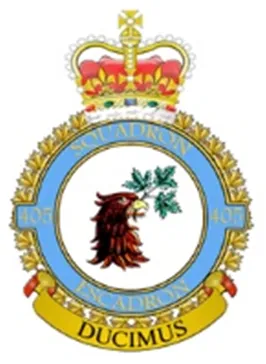
This was the first RCAF bomber squadron to be activated at Driffield, Yorkshire, England and flew its first mission on 12/13 June 1941. At that time it was a member of 4 Group of Bomber Command, and flew successively from Driffield, Pocklington and Topcliffe, Yorkshire, England. With Code Letters LQ It flew Wellington Mk II aircraft until converting to Halifax II in April 1942, in time for the first 1000-bomber raid on Cologne. In October 1942 it was transferred to Coastal Command No 18 Group, flying over the Bay of Biscay from Beaulieu, Hampshire. Returning to Bomber Command, the squadron joined No 6 (RCAF) Group and flew from Topcliffe and Leeming, Yorkshire in March and April 1943. It was then seconded to No. 8 (Pathfinder) Group and for the rest of the war flew from Grandsen Lodge, Bedfordshire, UK . Its first Pathfinder mission was on 26th April 1943, and its last on 25th April 1945. It was slated to become part of the "Tiger Force" to attack Japan, but the surrender of Japan precluded that, and the Squadron was disbanded at Greenwood, Nova Scotia on September 5th, 1945. One of the aircraft that flew briefly with the squadron was the first Canadian-built Lancaster Mk. X, KB700, christened the "Ruhr Express", which was subsequently transferred to 419 Sqn RCAF in December 1943.Overall, the squadron flew 4427 sorties, of which 349 were with Coastal Command and 41 were in Operation Exodus, the repatriation of POWs. Nearly 25000 operational hours were logged together with 12,000 non-operational, and 12,856 tons of bombs were dropped. In the course of operations, 167 aircraft were lost with 937 aircrew. In the course of its history, squadron members were awarded 9 DSO's, 161 DFC's and 24 Bars to DFC's, 38 DFM's, 2 CGM's 2 BEM's and 11 MiD's. Battle Honours were: Fortress Europe 1941-44, France and Germany 1944-45, Biscay Ports 1941-45, Ruhr 1941-45, Berlin 1941; 1943-44, German Ports 1941-45, Normandy 1944, Walcheren, Rhine; Biscay 1942-43.Moyes, Kostenuk and Griffin
Squadron History (Bomber Command Museum PDF)
Maps for Movements of 405 Squadron 1941-45
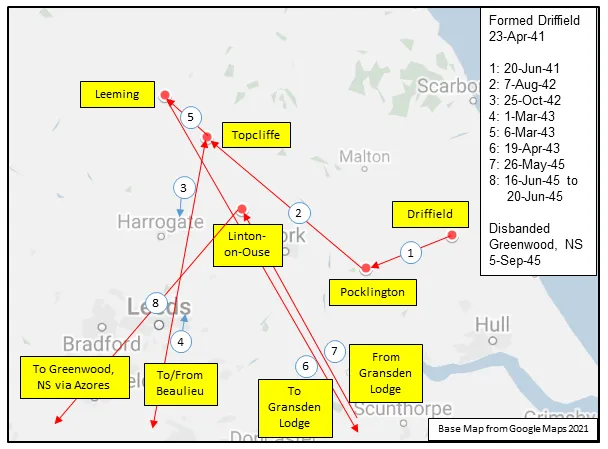 MAP 1: 405 Squadron Movements in Yorkshire 1941-45 (right-click on image to display enlarged in new tab) | 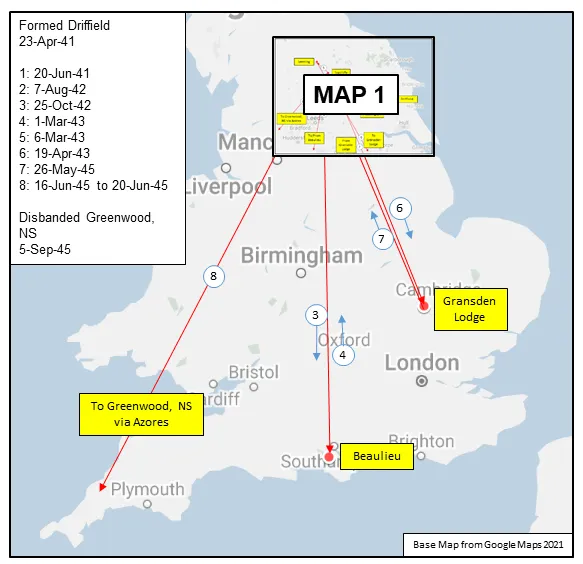 MAP 2: 405 Squadron Movements in England 1941-45 |
405 Sqn History Summary 1941-45
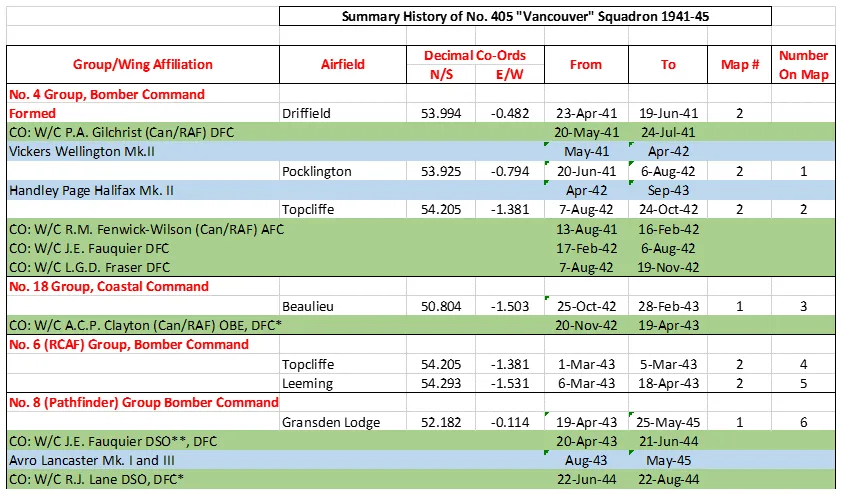
405 Sqn History Summary 1941-45 Page 2

History of the Squadron Post-WWII (Aircraft: Lancaster X, Neptune, Argus I & II, Aurora)
The squadron was re-formed as No 405 (Maritime Reconnaissance) Squadron at Greenwood, Nova Scotia on 31 March 1950, and redesignated No 405 (Maritime Patrol) Sqn on 17 July 1956. The squadron was the first of four formed in Maritime Air Command. It flew modified Lancaster Mk. X aircraft until mid-1955, when they were replaced by P2V7 Lockheed Neptunes, which gave an enhanced anti-submarine capability. and the first to fly Lancaster, Neptune and Argus aircraft on East Coast maritime duty. In April 1958 the squadron was given the distinction of being the first to fly the Canadian-built CP-107 Argus. The squadron made its last flight in the Argus on 10 November 1980 before introducing the CP-140 Aurora. On 1 February 1968 the squadron was integrated into the Canadian Armed Forces. It is now designated No 405 Long Range Patrol Squadron, flying from Greenwood, NS.
The squadron’s primary combat functions are Anti-Submarine Warfare (ASW) and Anti-Surface (ASUW). The Squadron regularly trains for its roles by participating in a number of naval exercises at home and abroad. However, most of its time is taken up in a number of non-combat roles, including search and rescue and support to other government departments, including counter-drug operations with the Royal Canadian Mounted Police (RCMP) and fisheries patrols with the Department of Fisheries and Oceans. Year-round, the Squadron carries out sovereignty patrols covering the Canadian Arctic Archipelago and maritime areas of interest . During these patrols, 405 LRPS crews maintain a constant vigil for ships that discharge pollutants illegal at sea. Similarly, its crews verify that foreign and Canadian fishing vessels abide by their Canadian licensing agreements and report suspected violators to DFO patrol boats.
405 LRPS regularly deploys to a number of allied bases for an assortment of exercises and missions. Among its international training sites are US NAS Keflavik (Iceland), US NAS Sigonella (Sicily, Italy), US NAS Oceana (Virginia, USA), US NAS Jacksonville (Florida, USA), US NAS Roosevelt Roads (Puerto Rico), UK RAF Kinloss (Moray, Scotland),UK RAF Station St. Mawgan (Cornwall, England) and NL NAS Valkenburg (Netherlands).
 10-11 March 1943 MINELAYING March 1943 MUNCHEN/...
10-11 March 1943 MINELAYING March 1943 MUNCHEN/... Library and Archives Canada Service Files (may not exist)
Library and Archives Canada Service Files (may not exist)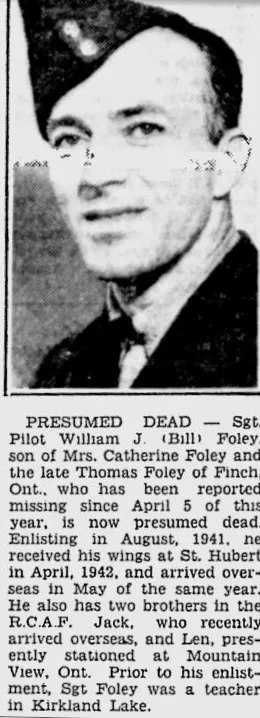

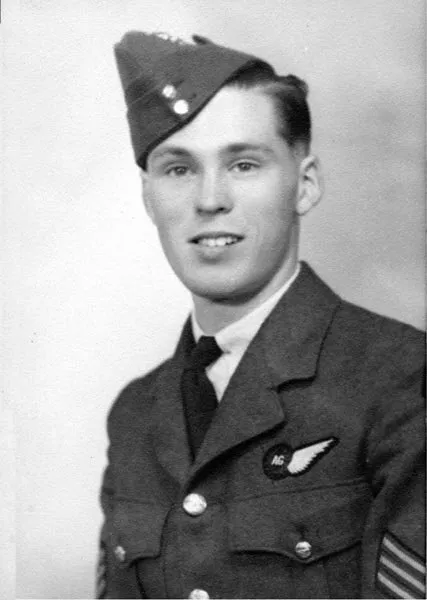
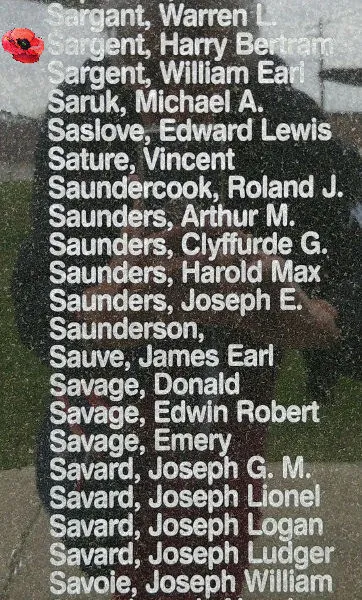
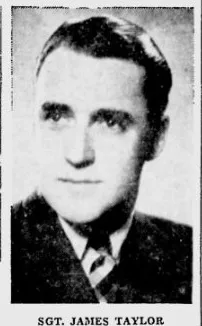
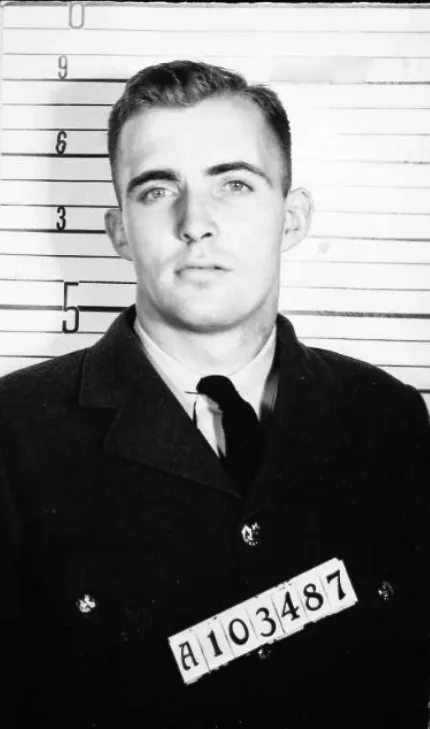
 Halifax Heavy Bomber WWII
Halifax Heavy Bomber WWII Wikipedia Halifax Bomber
Wikipedia Halifax Bomber